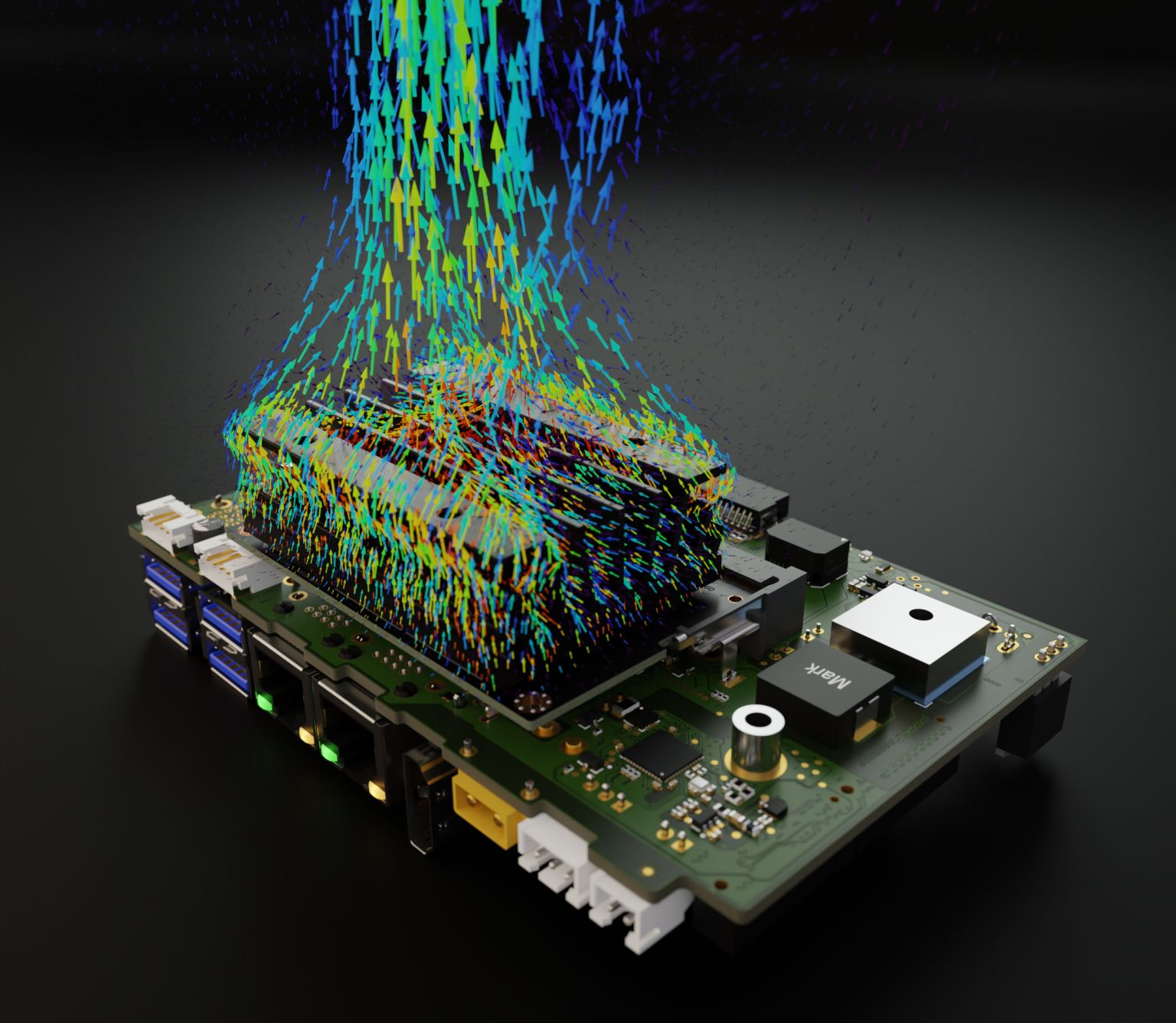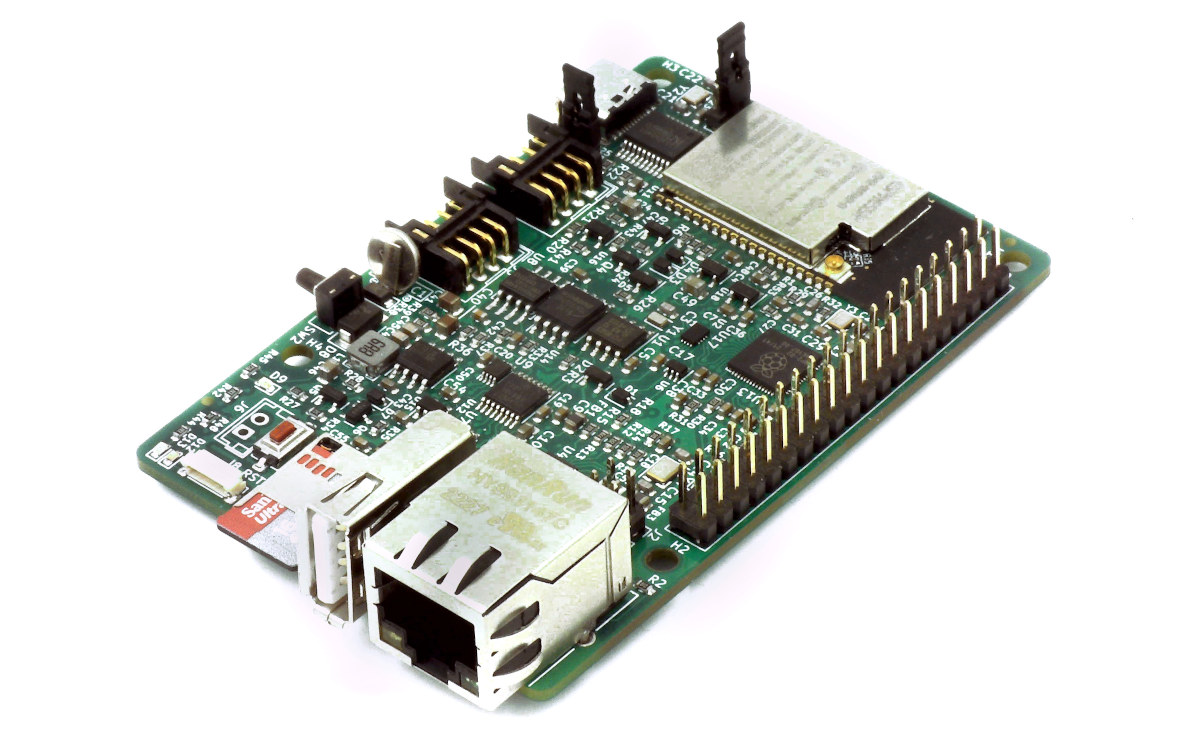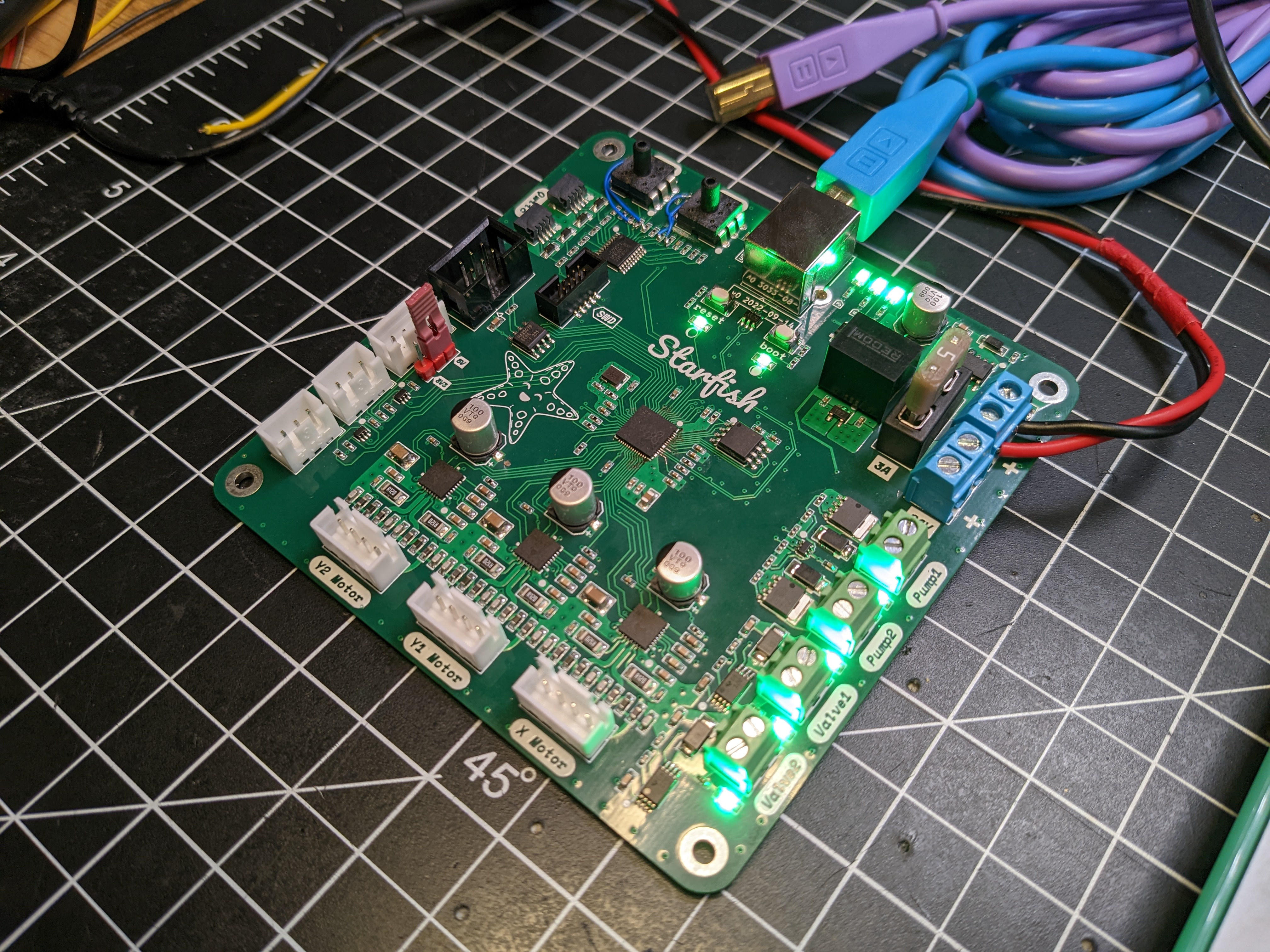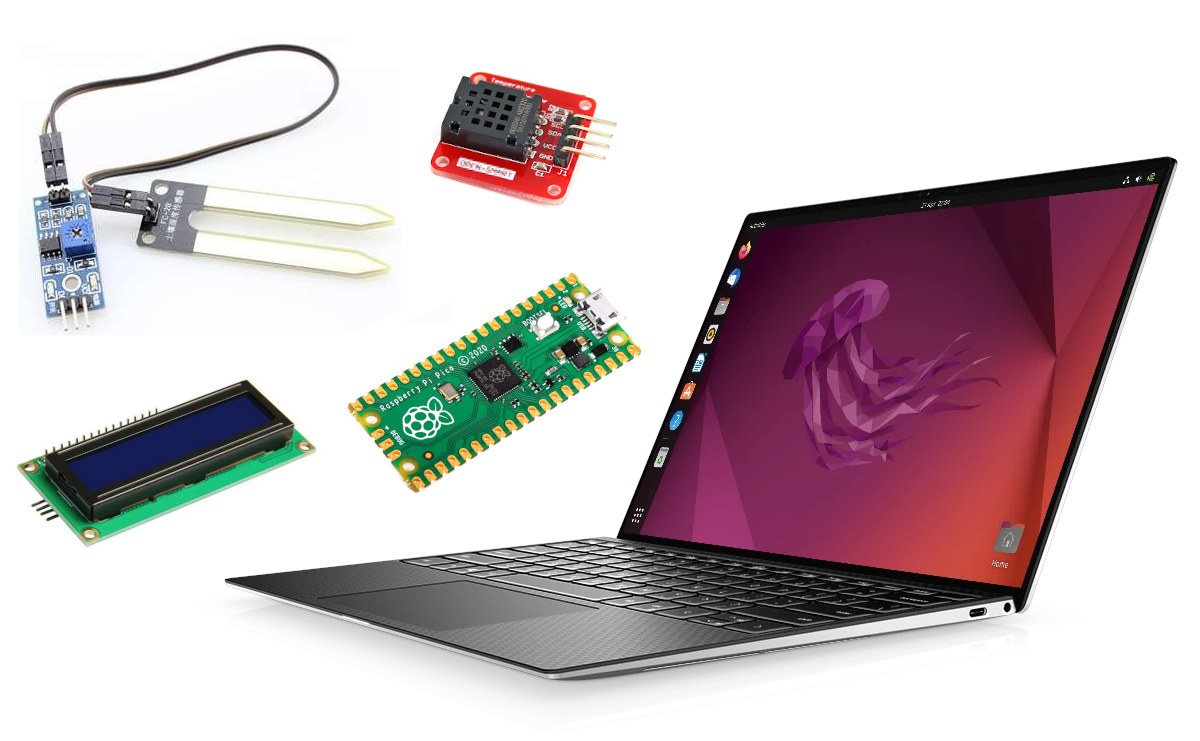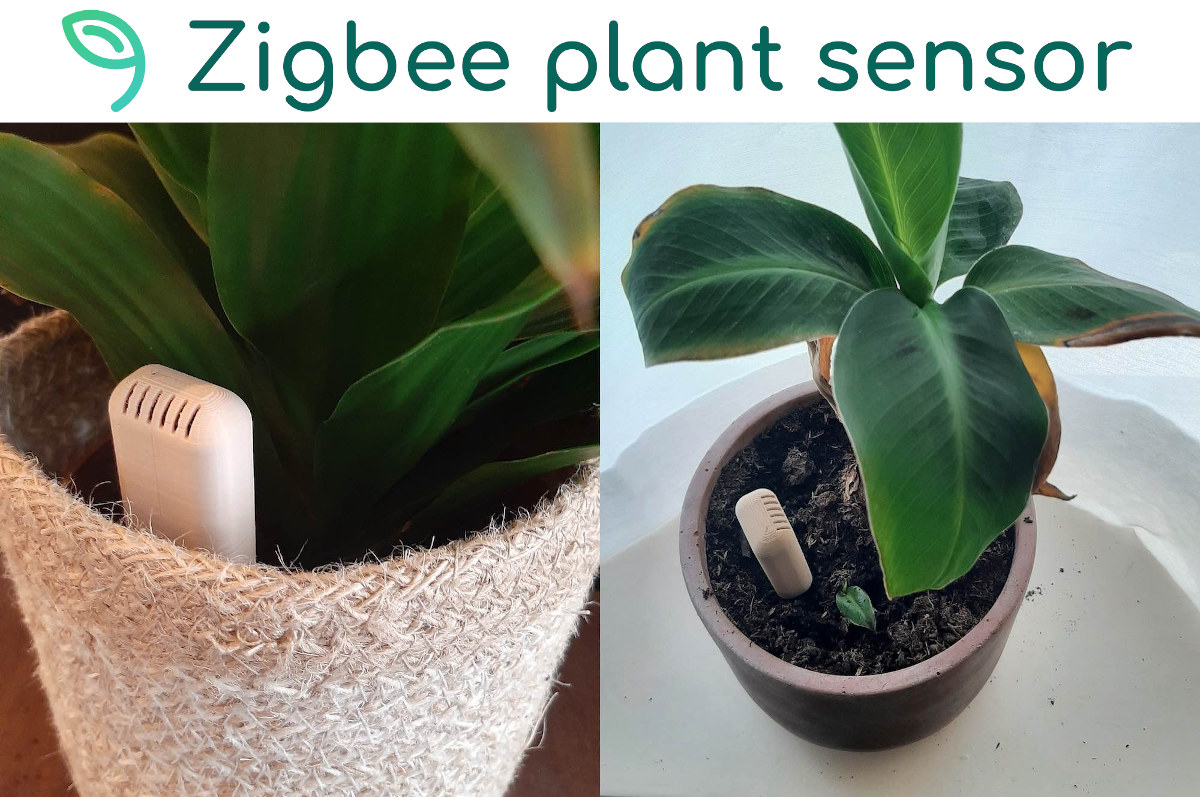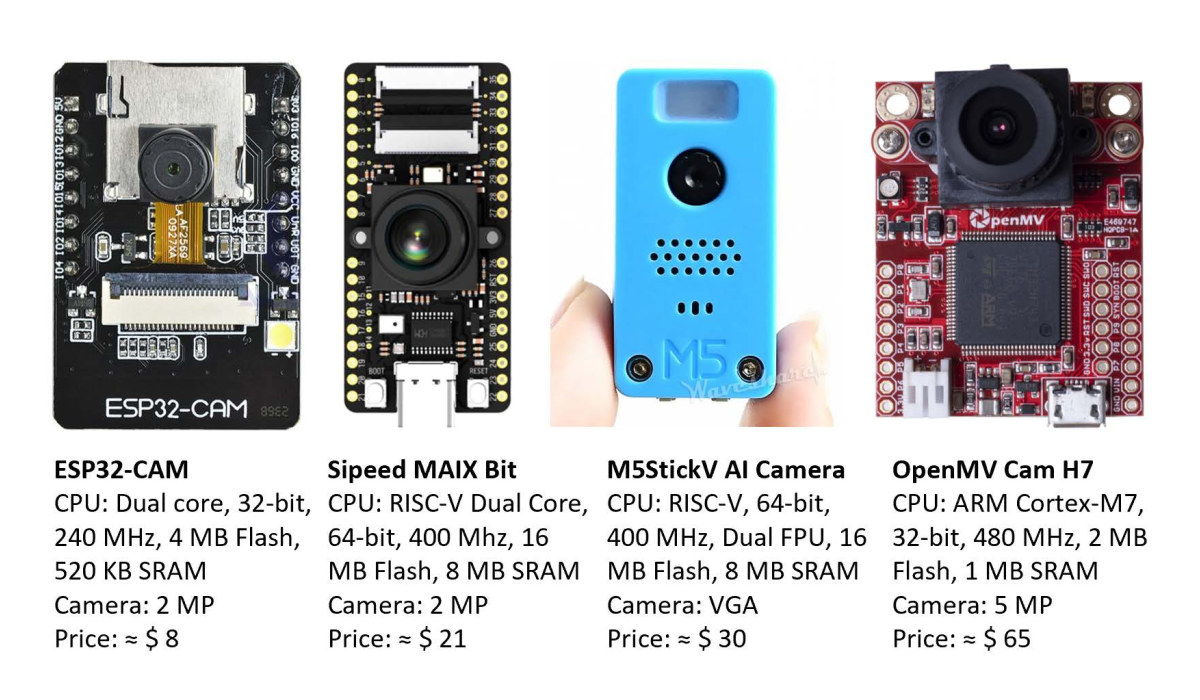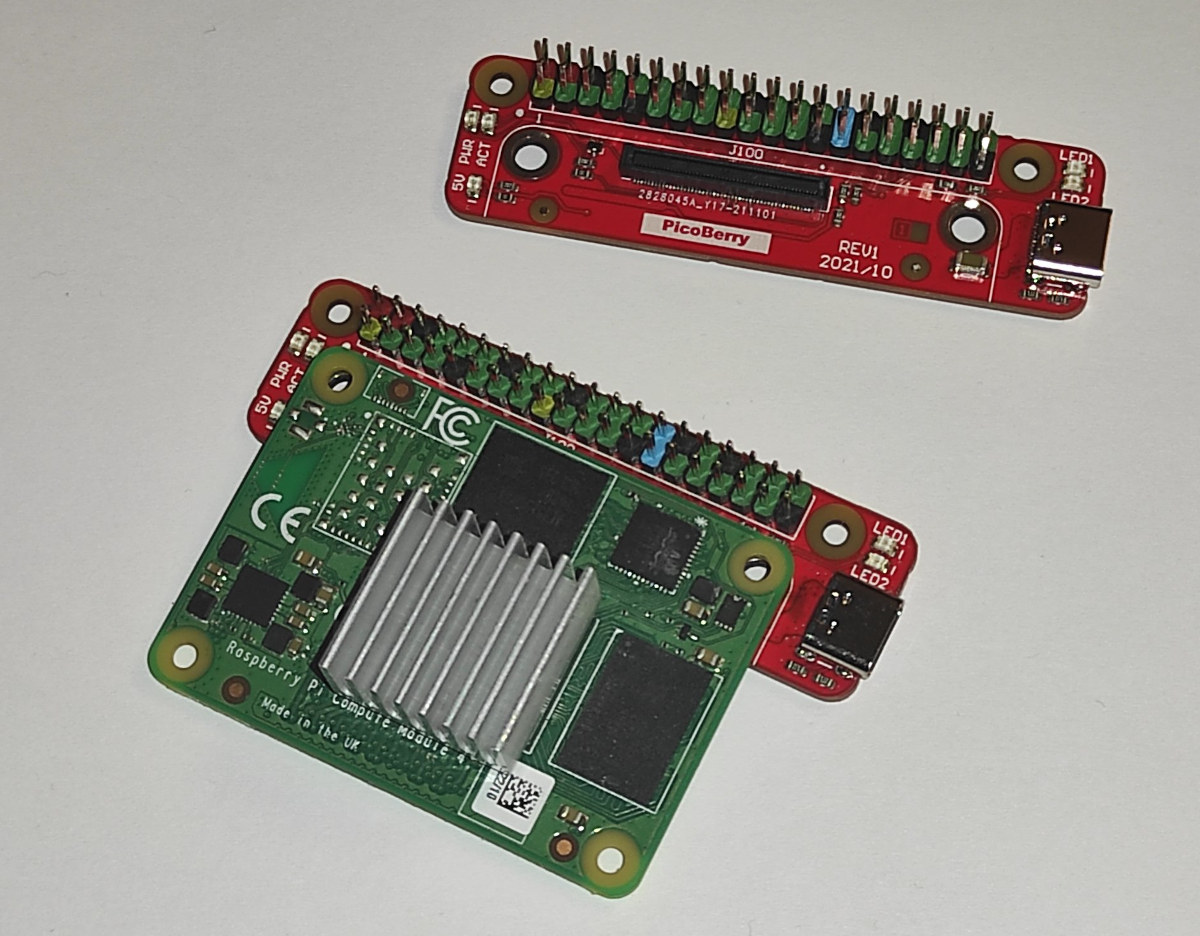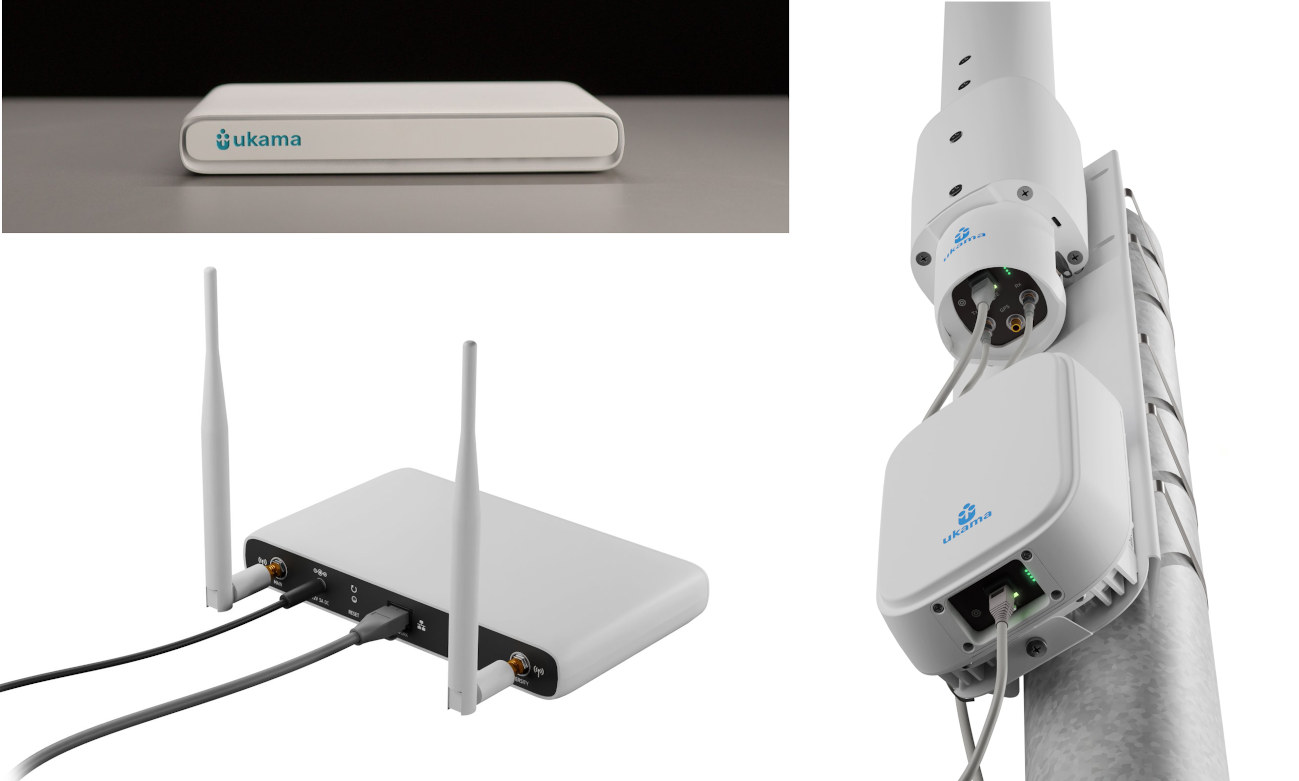code_saturne is a free, open-source computational fluid dynamics (CFD) software developed primarily by EDF that can be useful to check and optimize the thermal design of your projects. From time to time, we come across hardware platforms that do not perform to their best due to overheating leading to CPU throttling, and over time it may also impact the lifetime of the device. I’ve heard about computational fluid dynamics (CFD) before, but I always assumed the software was prohibitively expensive and Formula 1 even has a cost cap for CFD testing. But it turns out there’s an open-source program to do just that: code_saturne. As a utility company, EDF designed the software to simulate the flows around and inside the buildings, pipes, and pumps used in power plants, but Lukas Henkel found out he could also use the free and open-source code_saturne program for analyzing the air currents caused by […]
EsPiFF board combines ESP32 module with RP2040 MCU in the Raspberry Pi 4 form factor (Crowdfunding)
The EsPiFF board may look like a Raspberry Pi 4 Linux SBC but it is equipped with an ESP32-WROVER WiFi and Bluetooth module together with a Raspberry Pi RP2040 microcontroller that acts as a co-processor. The goal here is to provide a Raspberry Pi 4 replacement for applications that require higher reliability and even 24/7 operation without necessarily needing the processing power and multimedia capabilities of the Broadcom BCM2711 Arm processor found in the Pi or the versatility of a Linux operating system. EsPiFF board specifications: Wireless module – ESP32-WROVER module with dual-core ESP32-D0WDQ6 microcontroller with 2.4 GHz WiFi 4 and Bluetooth, 8 MB PSRAM and 16 MB flash Co-processor – Raspberry Pi RP2040 dual-core Cortex-M0+ microcontroller @ up to 133 MHz with 16MB flash used to emulate the Raspberry Pi’s GPIOs on the 40-pin header Additional storage 2 KB of fast FRAM for permanent storage of process data. (faster […]
Starfish PnP machine control board combines Raspberry Pi RP2040 MCU with TMC2209 motor drivers
We’ve already seen the Raspberry Pi RP2040 MCU in a 3D printer controller board, so it should come as no surprise that the dual-core microcontroller also found its way into a Pick-and-Place (PnP) machine control board. Designed by Thea Flowers, the Starfish board leverages the RP2040 MCU capabilities to control three Trinamic TMC2209 motor drivers, MOSFET drivers to control DC vacuum pumps, two vacuum sensors, and offer RS485 and I2C connectivity for feeders and peripherals respectively. Starfish specifications: MCU – Raspberry Pi RP2040 dual-core Cortex M0+ microcontroller at up to 133 MHz with 264 kB of embedded SRAM Storage – QSPI flash Motor drivers – 3x TMC2209 drivers for X, Y1, and Y2 MOSFETs – 2x MOSFETs to control the 2x vacuum pumps Valve drivers – 2x TI DRV120 single-channel relay, solenoid, and valve drivers to control two pneumatic solenoid valves Sensors – 2x CFSensor XGZP6857D I2C pressure sensor modules […]
RP2040 firmware converts Raspberry Pi Pico into a an I2C to USB bridge
Nicolai Electronics’ rp2040-ic2-interface open-source firmware for the Raspberry Pi Pico (or other Raspberry Pi RP2040 boards) converts the board into an I2C to USB bridge to connect any I2C sensor or module to a PC or other hardware without GPIOs. The firmware implements the USB protocol expected by the I2C-Tiny-USB kernel driver used by the original I2C-Tiny-USB project for Microchip ATMega 8-bit AVR microcontrollers. The RP2040 is however not a fork of the original project, but instead a complete re-implementation of the firmware. You’ll need to connect your I2C sensor, display, or another module to the SDA (GPIO 2) and SCL (GPIO 3) pins of the Raspberry Pi RP2040 microcontroller and flash the “pre-release” firmware to the board. You’ll find it together with the source code written in C language on GitHub. Note the project has a “proof of concept status” and more testing is needed to make sure that […]
b-parasite Bluetooth LE plant sensor gets Zigbee support
rbaron’s b-parasite is an open-source hardware Bluetooth LE plant watering sensor that can measure soil moisture and ambient temperature/humidity/light and works with ESPHome, Home Assistant, or any macOS or Linux platforms including the Raspberry Pi boards. It is based nRF52840 multi-protocol wireless microcontroller, so stanvn decided to add Zigbee support to the b-parasite through the “Zigbee Plant Sensor” firmware based on the Nordic Semi nRF5 SDK for nRF52 series of SoCs and working with Zigbee2MQTT. Let’s have a look at b-parasite hardware specifications first: Wireless MCU – Nordic Semi nRF52840 Arm Cortex-M4F multi-protocol wireless microcontroller with Bluetooth LE 5.0 and 802.15.4 (Zigbee/Thread) radios, 1024 KB flash, 256KB SRAM Sensors Capacitive soil moisture sensor Sensirion SHTC3 temperature and humidity sensor ALS-PT19 light sensor Power – ~200 mAh CR2032 coin-cell battery estimated to last for a couple of years with readings every 10 minutes The GitHub repository for the board contains the […]
TinyML-CAM pipeline enables 80 FPS image recognition on ESP32 using just 1 KB RAM
The challenge with TinyML is to extract the maximum performance/efficiency at the lowest footprint for AI workloads on microcontroller-class hardware. The TinyML-CAM pipeline, developed by a team of machine learning researchers in Europe, demonstrates what’s possible to achieve on relatively low-end hardware with a camera. Most specifically, they managed to reach over 80 FPS image recognition on the sub-$10 ESP32-CAM board with the open-source TinyML-CAM pipeline taking just about 1KB of RAM. It should work on other MCU boards with a camera, and training does not seem complex since we are told it takes around 30 minutes to implement a customized task. The researchers note that solutions like TensorFlow Lite for Microcontrollers and Edge Impulse already enable the execution of ML workloads, onMCU boards, using Neural Networks (NNs). However, those usually take quite a lot of memory, between 50 and 500 kB of RAM, and take 100 to 600 ms […]
Miniature Raspberry Pi CM4 carrier board only exposes USB-C port and 40-pin GPIO header
Mirek Folejewski’s (aka Mirko Electronics) PicoBerry is an open-source hardware, miniature Raspberry Pi CM4 carrier board with just a USB Type-C port for power, a 40-pin Raspberry Pi GPIO header, and barely anything else. At just 70x20mm, the 2-layer board only adds a few LEDs, namely the ACT/PWR LEDS and two user LEDs, and supports any Raspberry Pi CM4 module with eMMC flash, but not the Raspberry Pi CM4 Lite since the board does not include a microSD card slot. PicoBerry specifications: Supported system-on-modules – Raspberry Pi CM4 with eMMC flash, and possibly compatible SoMs such as Radxa CM5 or Pine64 SoQuartz64 USB – USB Type-C for power Expansion – 40-pin GPIO header with the same layout as on Raspberry Pi 4 or other Pi boards with a 40-pin header Misc – ACT/PWR LEDs, 2x user LEDs (green.red) Power Supply – 5V DC/3A via USB-C port, Dimensions – 70x20mm (2-layer […]
Create your own private cellular data network with Ukama (Crowdfunding)
Ukama is an open-source hardware solution enabling users to create their own private 4G LTE cellular data networking with a range of up to 1km, and compatible with the “Citizens Broadband Radio Service” (CBRS) radio band for private networks. The company provides both indoor and outdoor hardware based on a “TRX Module” powered by a Marvell Fusion CNF7130 4G LTE baseband processor, as well as the firmware and software to manage the network. All you need is a power source, for example, the mains or a solar panel, and an optional broadband connection if you do need to connect to the Internet. Ukama hardware Two nodes are offered with the Ukama Home Node (indoor) and the Tower Node (outdoor) which can optionally be coupled with an amplifier unit for an expanded range. Home Node key features: LTE bands: CBRS only Concurrently active devices – Up to 8x RF Configuration – […]


